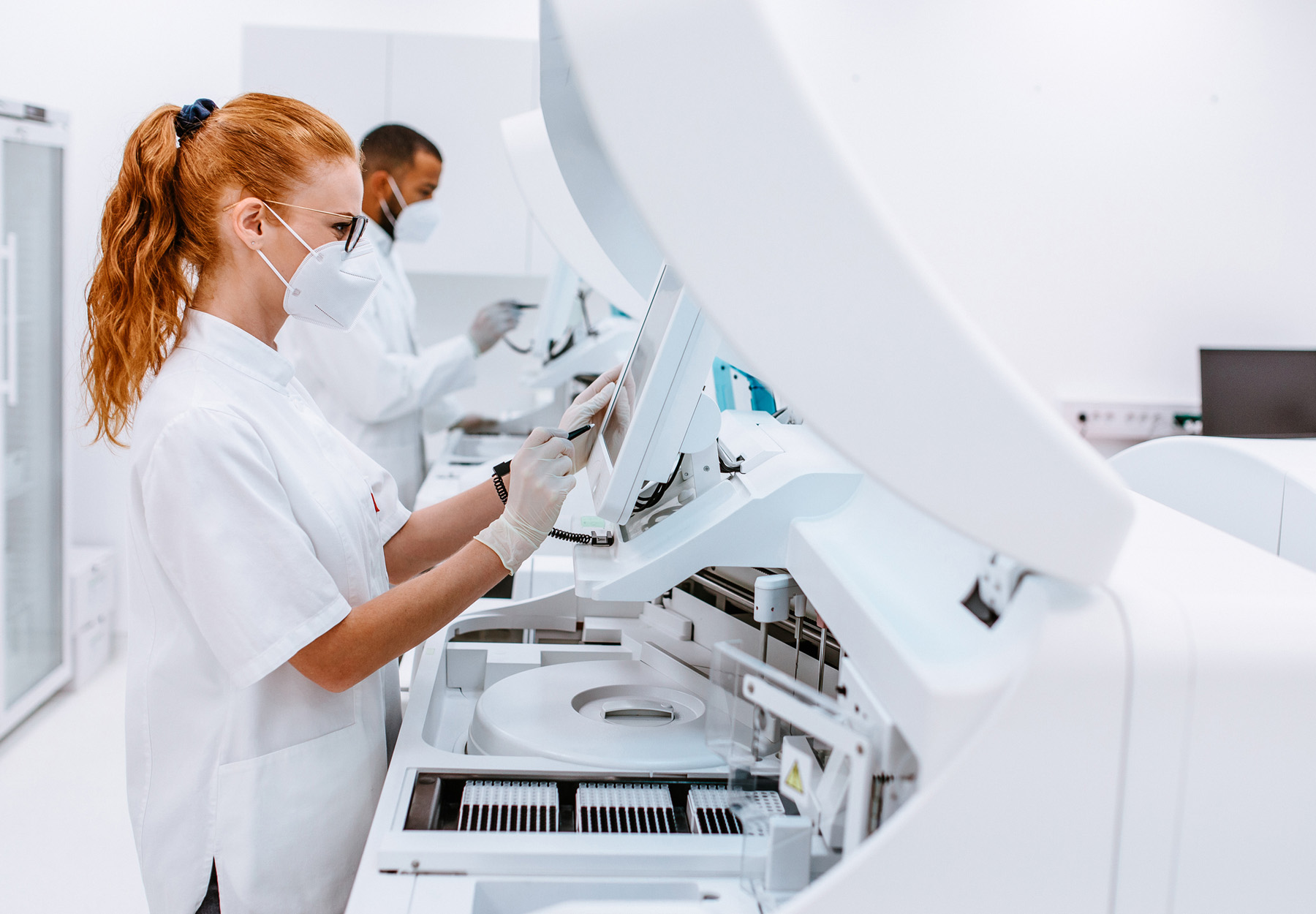Five Changes You Need to Know about New CLIA Proficiency Testing Rules
With the final rule on PT published July 11, here are the five things lab managers need to know to keep their labs compliant.

On July 11, the Centers for Medicare & Medicaid Services (CMS) and the Centers for Disease Control and Prevention (CDC) published the Clinical Laboratory Improvement Amendments (CLIA) final rule incorporating changes to proficiency testing (PT) requirements for current analytes and new technologies. Here are the five things lab managers need to know about the final rule to keep their labs compliant with the new PT requirements.
CLIA PT Rules
CLIA requires labs that perform moderate- or high-complexity testing to participate in PT programs approved by the U.S. Department of Health & Human Services (HHS) in which unknown samples are sent to the lab for analysis using the same methods applied to actual patient test samples. The lab reports the results and receives a performance score based on accuracy and reliability.
The CLIA regulations set out the procedures and criteria for PT programs. But testing methods and technology have advanced significantly since those regulations were first published back in 1992. The final rule updates the PT regulations by adding and deleting certain analytes that require PT and revising the criteria for acceptable performance and PT program administrative processes.
1. New Analytes for Non-Microbiology
The final rule adds 29 analytes listed under Subpart I of the regulations as requiring PT for non-microbiology specialties. It also removes seven analytes that are now less frequently used:
2. Revised PT Criteria for Microbiology
The final rule removes the types of services listed for each microbiology subspecialty (bacteriology, mycobacteriology, mycology, parasitology, virology) and, instead, establishes broad categories of tests for which PT is required across all microbiology subspecialties.
3. New Definitions
The final rule includes new or revised definitions of three key terms used in the CLIA regulations:
- “Acceptance limit,” defined as the symmetrical tolerance (plus and minus) around the target value;
- “Peer group,” defined as a group of laboratories whose testing process utilizes similar instruments, methodologies, and/or reagent systems and is not to be assigned using the reagent lot number level; and
- “Target value” (for quantitative tests), revised to mean:
“(1) If the peer group consists of 10 participants or greater: (i) The mean of all participant responses after removal of outliers (that is, those responses greater than three standard deviations from the original mean, as applicable); (ii) The mean established by a definitive method or reference methods; or (iii) If a definitive method or reference methods are not available, the mean of a peer group; or
(2) If the peer group consists of fewer than 10 participants, the mean of all participant responses after removal of outliers (as defined in paragraph [1] of this definition) unless acceptable scientific reasons are available to indicate that such an evaluation is not appropriate.”
4. New PT Program Approval and Administration Rules
The final rule requires that the PT program have at least 10 lab participants for each specialty, subspecialty, and analyte or test for which the PT program is seeking reapproval. It also clarifies that certain contractors must be a private nonprofit organization, a federal or state agency, or an entity acting as a designated agent for the federal or state agency. The final rule also allows for changes in the PT program reapproval process.
5. On-Site Visits for Initial PT
The final rule gives the HHS authority to require on-site visits for all initial PT program applications for CMS approval or when problems are encountered for previously approved PT programs.
Subscribe to view Essential
Start a Free Trial for immediate access to this article